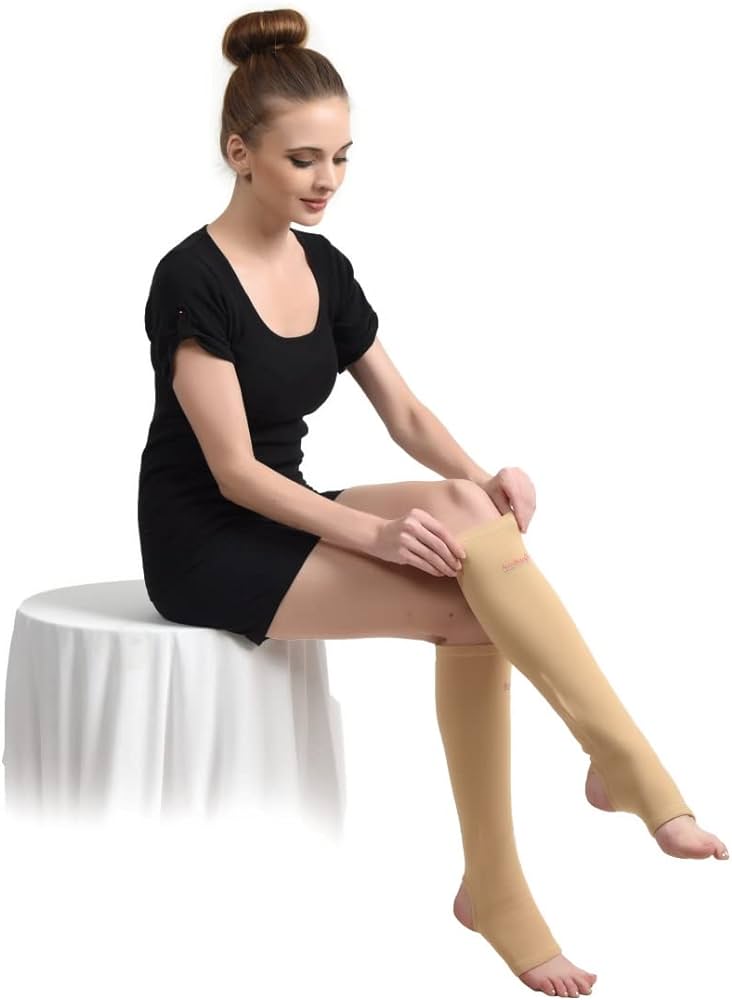When it comes to addressing circulatory issues or enhancing athletic performance, compression wear has gained significant attention. Among these, thigh high compression socks stand out as a potential solution. However, are they truly superior to regular compression stockings? This comprehensive analysis dives into their effectiveness, benefits, drawbacks, and practicality.
Understanding Thigh High Compression Socks
Thigh high compression socks are designed to exert graduated pressure on the leg, gradually decreasing from the thigh down to the ankle. This design facilitates blood circulation by aiding the veins in moving blood back to the heart more efficiently. The extended length of these socks covers the entire leg, providing comprehensive support compared to shorter compression stockings.
Advantages Of Thigh High Compression Socks
Enhanced Circulation: The extended coverage of thigh high compression socks ensures better blood flow from the lower extremities, potentially reducing the risk of blood clots, varicose veins, and swelling.
Improved Recovery: Athletes and individuals recovering from surgery or injuries benefit from the enhanced support, as it aids in reducing muscle soreness and accelerates recovery by facilitating proper blood flow.
Fashion And Style: Beyond medical benefits, thigh high compression socks often come in various colors and styles, offering a blend of functionality and fashion. This makes them more appealing for daily wear.
Comparative Analysis With Regular Compression Stockings
Regular compression stockings typically reach up to the knee, providing targeted support to the lower leg and ankle. While they offer benefits similar to thigh high compression socks, their coverage area is comparatively smaller, potentially limiting their effectiveness for certain conditions.
Drawbacks And Limitations
Discomfort For Some: Thigh high compression socks might be uncomfortable for individuals who are not accustomed to wearing extended garments or those with specific sensitivities or allergies to materials used in the socks.
Cost And Accessibility: Thigh high compression socks often come at a higher price point compared to regular compression stockings. Moreover, they might not be as widely available in retail stores, requiring specialized purchases.
Conclusion
In the debate between thigh high compression socks and regular compression stockings, the former emerges as a more comprehensive solution for individuals seeking extended coverage and enhanced support for circulation. They prove advantageous in addressing various health concerns, aiding in recovery, and even offering style choices. However, considerations like comfort, cost, and accessibility should be weighed based on individual needs and preferences before making a final choice.
Thigh high compression socks undoubtedly offer a broader range of benefits, but their suitability depends on the user’s specific requirements and comfort levels. Whether it’s for medical purposes or athletic performance, understanding the differences between thigh high compression socks and regular compression stockings allows individuals to make informed decisions for their well-being.
